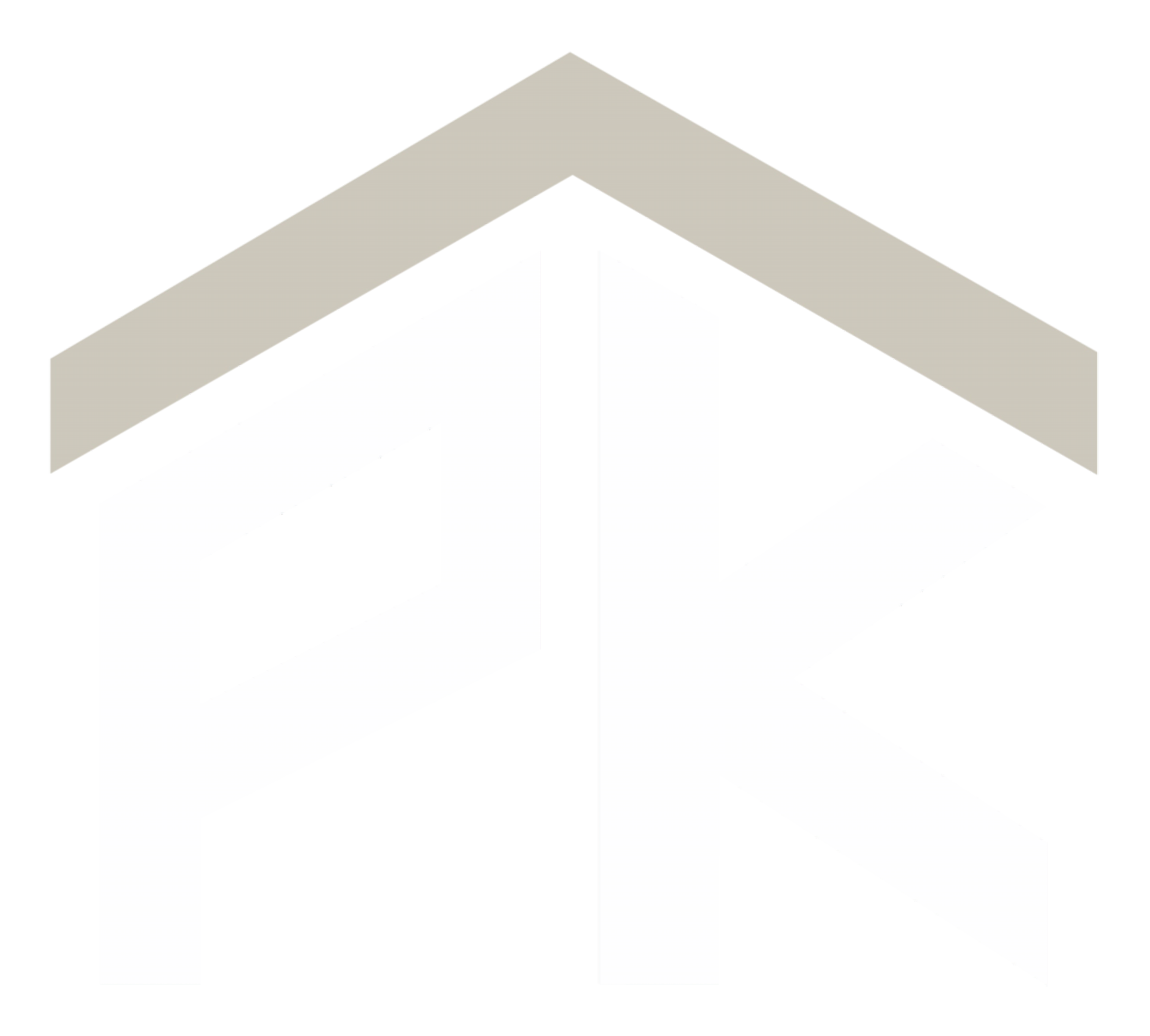
HOW PROACTIVE SCHEDULING PREVENTS MILLION DOLLAR MISTAKES
Author: Brian Young, Lead Superintendent
In the world of construction, time isn’t just money—it’s margin, reputation, and sometimes litigation. As a superintendent, I’ve learned that proactive scheduling isn’t just best practice; it’s a strategic defense against costly errors that can linger well after a project has been turned over. When schedules are used reactively, mistakes are compounded. When they’re proactive, problems are anticipated, mitigated, and often avoided entirely. Proactive scheduling goes beyond plotting dates on a Gantt chart. It’s about anticipating constraints, aligning manpower, prioritizing safe execution of work, sequencing trades with precision, and building buffers that absorb the unexpected.
A proactive construction schedule reflects pre-construction efforts and incorporates deliberate planning and forecasting, where the schedule drives the project by anticipating risks, coordinating resources, and aligning tasks before work begins—for example, holding pre-construction meetings, sequencing subcontractors based on lead times, and adjusting for predicted weather delays. In contrast, a reactive construction schedule is created or altered to issues as they arise, often adjusting timelines and resources on the fly—such as rerouting deliveries when materials arrive late or hiring emergency crews to recover from missed milestones. While proactive scheduling minimizes disruptions and improves cost control, reactive scheduling tends to increase stress, cost, and inefficiency by constantly adapting to field conditions rather than guiding them.
Poor sequencing leads to trade stacking and site congestion, where multiple crews compete for the same space. This results in rework, safety hazards, and productivity loss. A proactive schedule staggers crews intelligently, ensuring optimal workflow and minimizing conflict. It also prevents material delays by confirming procurement schedules early, flagging long-lead items, and coordinating delivery windows—avoiding idle labor and costly change orders.
Protecting the integrity of the critical path is another key benefit. In construction scheduling, the critical path is the longest sequence of dependent tasks that determines the shortest possible duration to complete the project. Any delay in a task on the critical path directly delays the overall project completion, making these activities essential to monitor and prioritize throughout the build. The critical path isn’t just a line on a schedule—it’s the heartbeat of the project. Identifying dependencies and float allows us to shift resources before delays become bottlenecks. Catching a slipping activity early can prevent a domino effect that pushes turnover by weeks or months.
Let me paint a picture. On a past project, a reactive schedule failed to account for a 12-week lead time on rooftop units. The framing and roofing were completed on time—but the units hadn’t even shipped. That oversight triggered $250K in labor inefficiencies, $400K in temporary HVAC rentals, and $300K in liquidated damages for delayed turnover. Total cost: nearly $1 million. All because no one asked the right questions early enough. As superintendents, we’re not just managing boots on the ground—we’re orchestrating a symphony of moving parts. Proactive scheduling transforms us from taskmasters into strategic leaders. It requires daily coordination with PMs, foremen, and suppliers, constant review of look-ahead schedules.
Proactive scheduling isn’t glamorous. It’s not the part of the job that gets applause. But it’s the difference between a project that finishes strong and one that bleeds money, morale, and trust. The most powerful tool on site isn’t a crane or a concrete pump—it’s a well-built schedule, driven by foresight and discipline. Schedule like the project depends on it—because it does.
